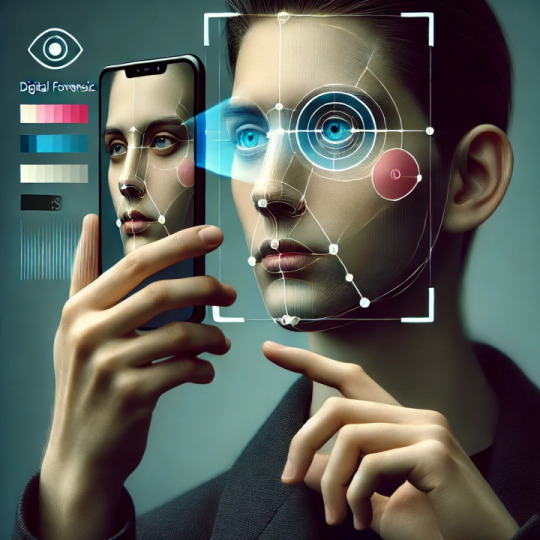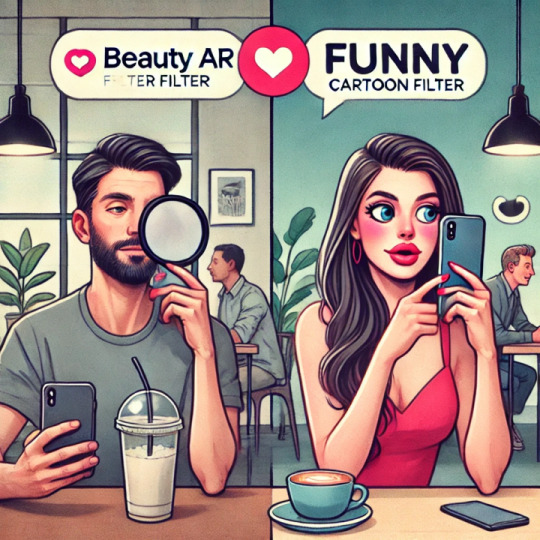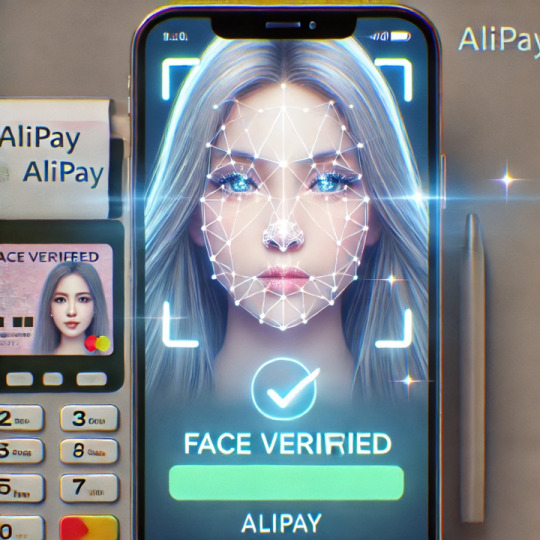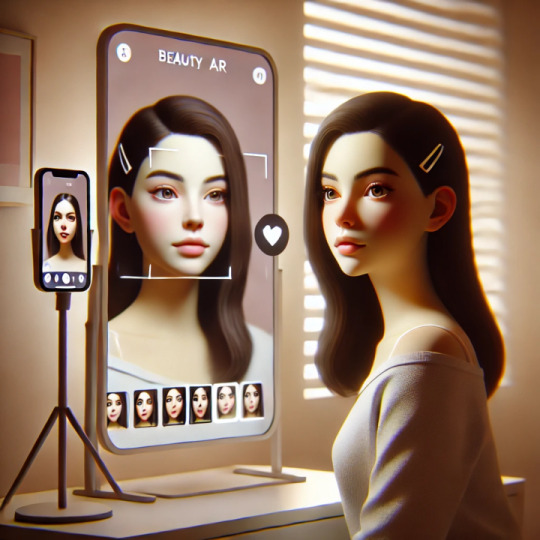#FilteredSelf
Explore tagged Tumblr posts
Text
🪞Do I Look Like My Selfie?
“Do I look like my selfie?” This isn’t just a meme-worthy question—it’s a reflection of a deeper social anxiety I’ve witnessed in myself and many others. As a student who regularly scrolls through Instagram and applies filters to look a little “better,” I’ve started to ask myself: what am I filtering out? This blog post is my reflection on how Augmented Reality (AR) filters have shifted from fun to something far more powerful—and sometimes, harmful.
👁 From Fun to Filtered Pressure

Snapchat’s early filters were silly and obvious—the infamous dog face or rainbow puke. But things have changed. We’ve entered an age of ambient filters that edit our faces subtly, creating the illusion of flawlessness. Lavrence and Cambre (2020) describe this as ambient filtering—so subtle it’s hard to detect, yet it shapes our understanding of what “natural” beauty looks like. This resonates with Rettberg’s (2014) idea of Instagram as a platform that subtly trains users to present an idealized life.
🔍 The Digital-Forensic Gaze

We’ve all done it: zoomed in on a selfie and asked, “Is this face real?” That habit has a name—the digital-forensic gaze (Lavrence & Cambre, 2020). It’s the judgmental stare that detects filters but also enforces perfection. The more we search for flaws, the more we expect everyone to be flawless.
💄 Gendered Filters and Aesthetic Labor
I’ve noticed a pattern: my guy friends use silly filters, but my girl friends (myself included) use beauty filters—to fixthings.

Pescott (2020) calls this out: filters are gendered. Women do more aesthetic labour (Elias et al., 2017)—it’s unpaid work to make ourselves “presentable,” even digitally. Filters are marketed as fun, but for many of us, they feel like a requirement.
I Compared Myself to My Filtered Self
Here’s a confession: Sometimes I look at my filtered selfies and wish I looked like that in real life.

That’s Snapchat dysmorphia (Rajanala et al., 2018)—when people want plastic surgery to look like their filtered selfies. Burnell et al. (2021) found that the more you use filters, the more critical you become of your actual appearance. It’s a toxic loop.
When Filters Enter Surveillance: Alipay’s Case

One of the most shocking case studies in class was when we learned Alipay added beauty filters to their facial recognition system. People wanted to look better in their bank app (Peng, 2020). This blurs the line between beauty and biometric control. If even our banking ID photos are filtered, what happens to authenticity?
Can Filters Be Feminist?

Not all filters are evil. Some artists use them for resistance—like glitch filters that distort rather than beautify. Haraway (1991) and Coy-Dibley (2016) argue that tech can empower identity beyond binaries. But Miller & McIntyre (2022) say this is rare. Most filters reinforce the same beauty norms. We need to push for more creative, inclusive tools.
🪞Final Reflection: Why Do I Want to Look Like That?

Filters aren’t just editing tools. They’re shaping culture, beauty, and identity. As students—and users—we need to ask harder questions. Do I look like my selfie? Maybe the real question is: Why do I want to? As a student, I’m learning to balance creativity and critical thinking—even in the way I post online.
📚 References
Coy-Dibley, I. (2016). Digitised dysmorphia. Palgrave Communications https://www.nature.com/articles/palcomms201640
Elias, A., Gill, R., & Scharff, C. (2017). Aesthetic Labour: Rethinking Beauty Politics in Neoliberalism. Springer. https://link.springer.com/book/10.1057/9781137476661
Fredrickson, B. L., & Roberts, T. (1997). Objectification theory. Psychology of Women Quarterly, 21(2), 173–206.
Fredrickson, B. L., & Roberts, T. (1997). Objectification theory. Psychology of Women Quarterly, 21(2), 173–206. https://journals.sagepub.com/doi/abs/10.1177/1367549417705604
Haraway, D. (1991). A Cyborg Manifesto. The Anarchist Library. https://theanarchistlibrary.org/library/donna-haraway-a-cyborg-manifesto
Lavrence, C., & Cambre, C. (2020). “Do I look like my selfie?”: Filters and the digital-forensic gaze. Feminist Media Studies. https://journals.sagepub.com/doi/10.1177/2056305120965155
Miller, L., & McIntyre, K. (2022). From surgery to Cyborgs. Feminist Media Studies. https://www.tandfonline.com/doi/full/10.1080/14680777.2020.1750779
Peng, A. (2020). Alipay adds “beauty filters” to face-scan payments. TechNode. https://www.tandfonline.com/doi/full/10.1080/14680777.2020.1750779
Pescott, C. (2020). “I wish I was wearing a filter right now.” Journal of Youth Studies. https://journals.sagepub.com/doi/10.1177/1461444821993038
Rettberg, J. W. (2014). Seeing ourselves through technology. Palgrave Macmillan. https://link.springer.com/book/10.1057/9781137476661
#FilteredSelf#ARFilters#Cyberfeminism#SnapchatDysmorphia#SelfieCulture#BeautyPolitic#Postfeminism#mda20009#week8
0 notes